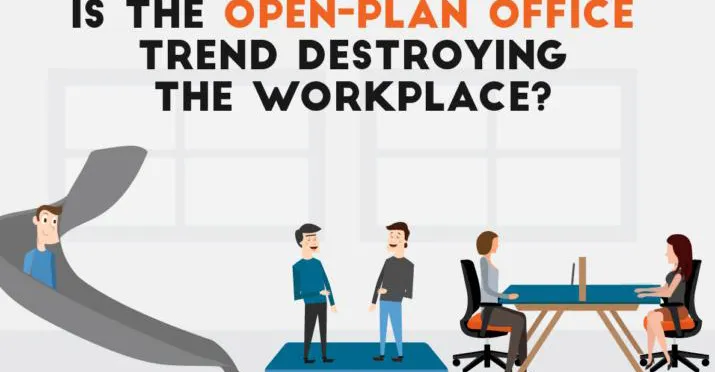
Is the Open-Plan Office Trend Destroying the Workplace?
People should be at the heart of workplace design and a highly customised office space is key in designing an environment that attracts and retains key talent.
If you work in architecture or design, there’s little chance that you’ve missed the recent criticism on the open plan office movement. Does this type of workplace really make employees miserable? Maybe all the negative talk has got you thinking, or maybe it has made you angry because you completely disagree with the critics and enjoy the way open workplaces look and function. In this article we take a closer look at some of the problems people have with the open-plan office and some of the merits they can offer us.
We argue that open-plan still has a place in the workplace of the future, but only as one component in a more balanced office set up that fits multiple business and employee needs. This way of thinking is how we and many others see the office of the future.

A little background
Originally conceived in 1950's in Germany, the idea of a communal workspace was designed to be barrier-free, generate a sense of camaraderie and enhance teamwork. It was believed it would even lead to innovation and advancement thanks to the free exchange of ideas. The idea of the open-plan office has only really caught on in the U.S. and UK within the last decade. It took root in tech start-ups like Google and other Silicon Valley firms, before quickly spreading to media, advertising, architecture, and other established industries.
It’s no surprise then, that arguably the most famous tech start up, Facebook, designed the largest open floor plan in the world, housing nearly 3,000 engineers. The guiding philosophy behind these kind of office designs was that tearing down barriers would foster creativity and productivity. But there were other advantages to be considered too. The rise of the open workplace coincided with a global financial crash and businesses were forced to dramatically cut costs and reduce office space. The new workspace trend presented a perfect opportunity to do both.

The proliferation of the open office is now complete with the International Facility Management Association claiming 70 percent of U.S. offices having no or low partitions.
Critics
In recent times there have been some high profile studies into the open workplace. The results suggest that the concept does not always work for employees or the bottom line. Critics have urged employers to build more walls, instead of tearing them all down. Are their fears well-founded? Have Google and other tech firms got it wrong? Or has Google got the right kind of workspace for Google, even if it is not suited to every business?
In December 2014, journalist Lindsey Kaufman kicked off a protest with her Washington Post article ‘Google got it wrong, the open office trend is destroying the workplace’. Kaufman decried the lack of privacy, the endless distractions, and even the effortless spread of colds and flu that open workspaces created. Complaining that her personal productivity had hit an all-time low, she described the experience as “like being in middle school with a bunch of adults.” L.V. Anderson, writing for news portal Slate, was even more blunt: “Open offices may be the worst thing to happen to employee productivity since the three-martini lunch.”
In her article ‘The Open-Office Trap’, New Yorker writer Maria Konnikova pointed out that barriers such as walls and partitions are closely tied to a sense of privacy, which boosts job performance. She concluded that constant exposure was damaging to an employee’s creative thinking, ability to focus, and overall job satisfaction. A quick internet search reveals hundreds of similar articles, survey results, and testimonials, most of which were published in the last few years. With few exceptions they depict the open office as being synonymous with distractions and according to a Bloomberg article , “being forced to listen to phone calls about the veterinary issues of your co-workers' cats.”
Research suggest 30% distracted by noise
In 2005 University of Sydney researchers carried out a study on open offices using office environment data from the Post-Occupancy Evaluation database at the University of California at Berkeley. Using 42,764 cases from 303 office buildings, they found that workers in enclosed private offices were more satisfied and productive overall while those in open office plan work environments were less happy or motivated. Between 25 and 30% of employees in open-plan workspaces reported being distracted by the level of noise in their workplace, which affected their concentration.
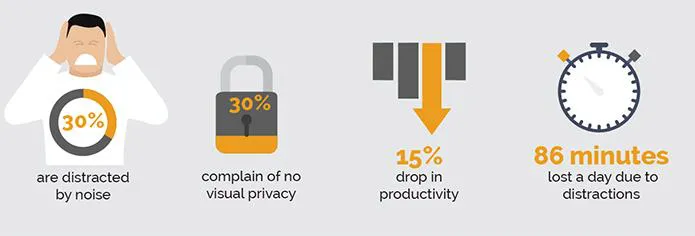
But is there any scientific evidence to back up those that say they are distracted in open environments?
In a research article published in 2008 and titled: Relationships Between Indoor Environment and Stress in Health Care and Office Settings, it is shown that noise has been repeatedly tied to reduced cognitive performance. Psychologists who study the effect of sound on how we think, say that general office noise impacts workers’ ability to recall information, and even to complete basic sums.
So how about the open workspace classic, plugging in your headphones and listening to music to block out that office hustle and bustle? Psychologist Nick Perham says even that doesn’t help, even music impairs our mental concentration and performance on task. There are even more worrying studies claiming that exposure to office noise can take a toll on health. A Cornell University study by psychologists Gary Evans and Dana Johnson, found that clerical workers exposed to open-office noise for three hours had increased levels of epinephrine. This is a hormone that we often call adrenaline, and is associated with the so-called fight-or-flight response.
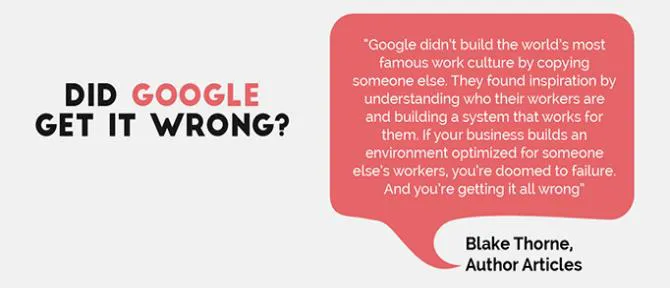
The future of office design
While the open office concept clearly does not work for all employees all of the time, companies with values such as transparency, collaboration and relationships at the heart of their culture assert that it remains an important part of the flexible and modern workplace. The problem that many companies face, is that one huge open-plan space does not provide the best environment for different kinds of business tasks, and that's why there has been a big rethink on what approach to take in office design.
The open-office trend is now merging into a hybrid, mixing with ideas from offices of past decades. The result is the flexible office. There's room for private spaces, a blend of private offices, cubicles, and communal areas suited to specific tasks.
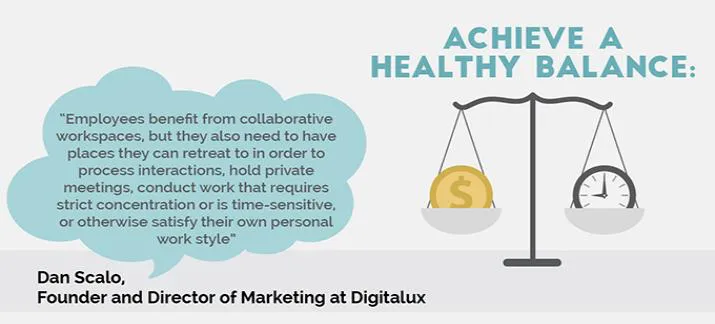
A mix of spaces is important Another study , this one conducted in 2013 by architecture and design firm Gensler, suggested that employees spent 54% of their time on tasks requiring individual focus. That figure is up from 48% in 2008. So it would appear obvious that private spaces are still needed for most kinds of businesses, and that is what a flexible office should try to incorporate.
Many flexible office designs even have dedicated soundproof rooms where employees can go to focus on challenging solo tasks. The result is a fluid work environment, which features a range of spaces and gives workers the autonomy to move between them throughout the day.
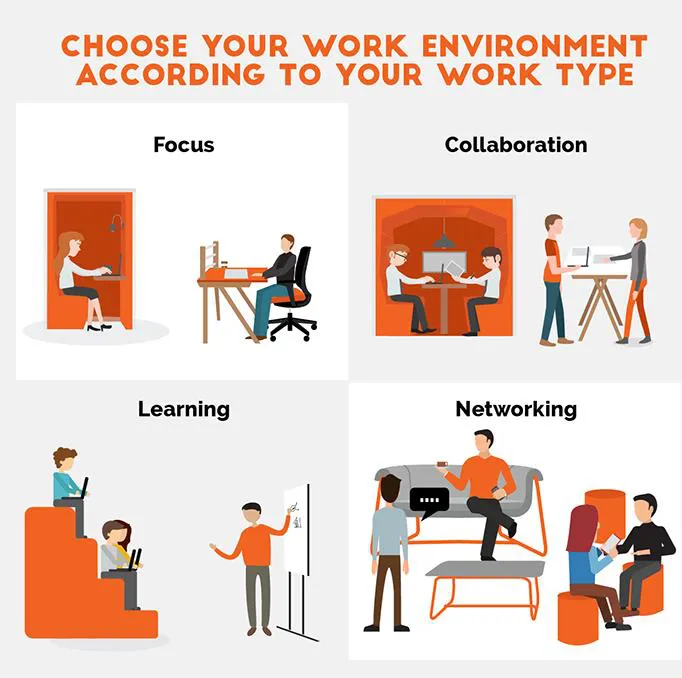
What is the best office space for you? Ultimately the best spaces are designed for people, and take into account not only their productivity, but also their well-being. A highly customised office space is also now seen as key in designing an environment that attracts and retains key talent. All indicators show that millennials are more likely to regularly change jobs instead of rigidly sticking to one employer or career path.
So creating enjoyable working environments is one area employers can work on in an effort to retain the most talented individuals at their company. The consensus appears to be that flexible offices give you the best of all worlds and help people to be productive in different ways at different times. They also allow a work space to be organic and more natural, fitting to the changing needs of the people who inhabit them throughout any given day. They make your staff happier, and just might help you hang on to your key talents for much longer. Both businesses and employees can reap the rewards in this future way of working.
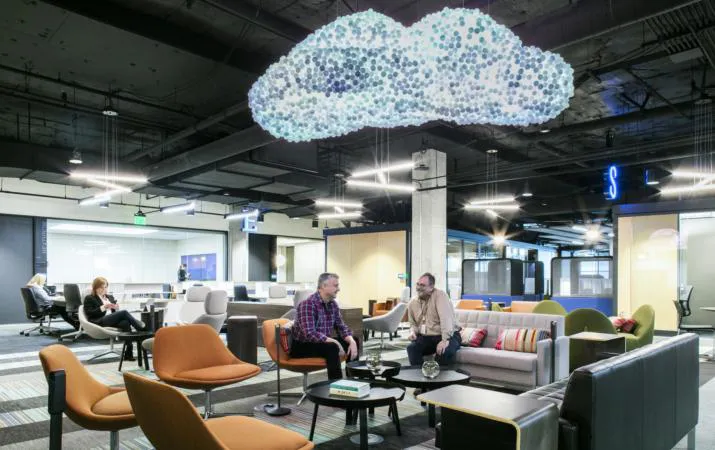

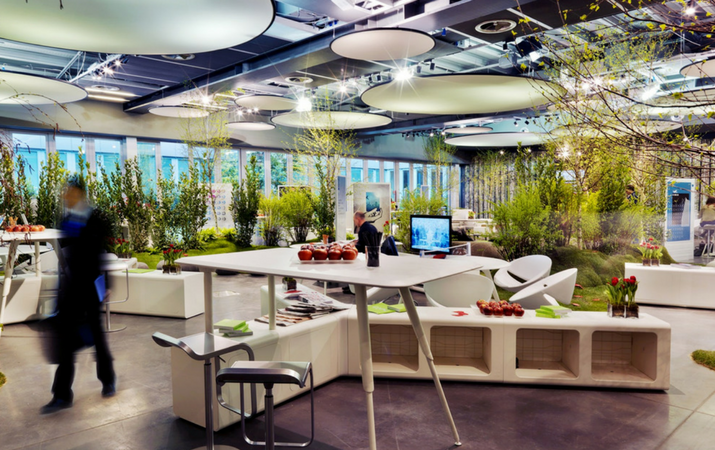


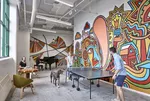

The world's largest provider of flexible state-of-the-art co-working spaces creates yet another inspiring working envir…
REAL ESTATE
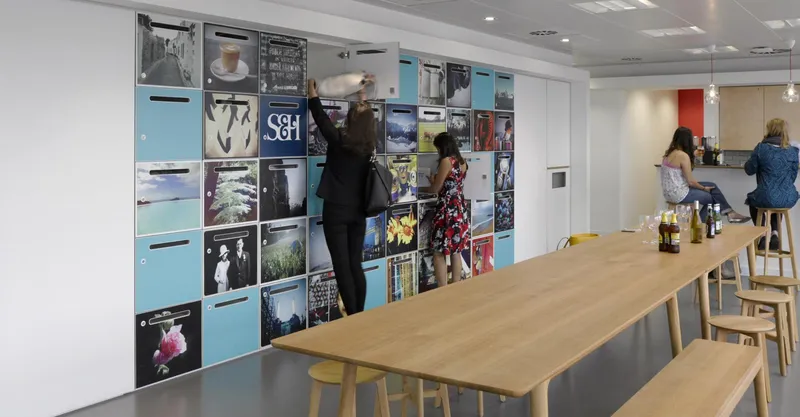
Global brand and creative design consultancy agency, Brand Union, designed the perfect workspace to create a dynamic an…
ARCHITECTURE & DESIGN
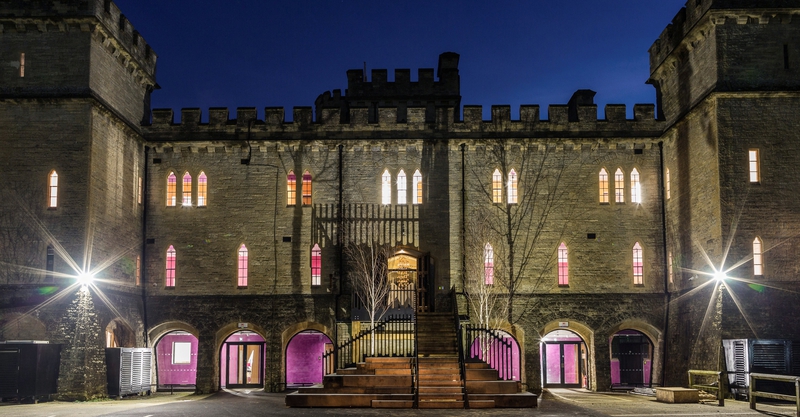
Cotswold-based comparison website creates a castle fit for the Kings and Queens of Tech, directing the transformation o…
FINANCIAL SERVICES